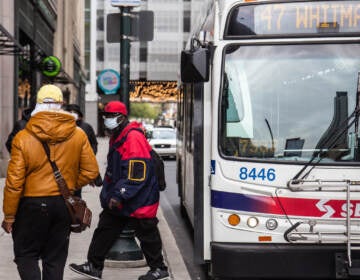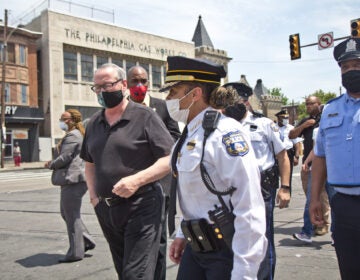Considering the civic Christmas Tree
Large public Christmas trees only came into vogue in America during the early years of the 20th Century. In a fascinating article in The Boston Globe, Leon Neyfakh explains the “Secret origins of the civic Christmas tree,” as a unifying symbol of urban civility promoted by progressive reformers. To the reformers, public Christmas trees could express faith, but also stoke feelings of civic pride, promote religious tolerance and inclusion.
Neyfakh writes: It was an elegant concept: By enticing strangers to gather outside around an object widely associated with home, the reformers hoped to instill in people who might otherwise never speak to one another, but who were mostly Christian, a sense of belonging and civic pride. “The ideal municipal Christmas tree,” said an article in an urban planning magazine called American City, “should draw to it all classes and kinds of citizens, whether rich or poor, native or foreign-born. It should symbolize to them and awake in them the spirit of brotherhood, while they voice, together with the message of peace and good will, renewed loyalty to their common city, state and country.” Philadelphia’s first public tree lighting came in 1913 (seen below) outside of Independence Hall. PhillyHistory recounts the occasion, noting that 20,000 people turned out to see the the tree illuminated by red, white, and blue lights and topped by 56 stars meant to symbolize the signers of the Declaration of Independence.
Philadelphia has carried on the tradition of a public Christmas tree in various locations for nearly 100 years, placing it in the City Hall Courtyard or LOVE Park at various times. Check out more photos of Philly’s Christmas trees past below from PhillyHistory.org.
WHYY is your source for fact-based, in-depth journalism and information. As a nonprofit organization, we rely on financial support from readers like you. Please give today.






